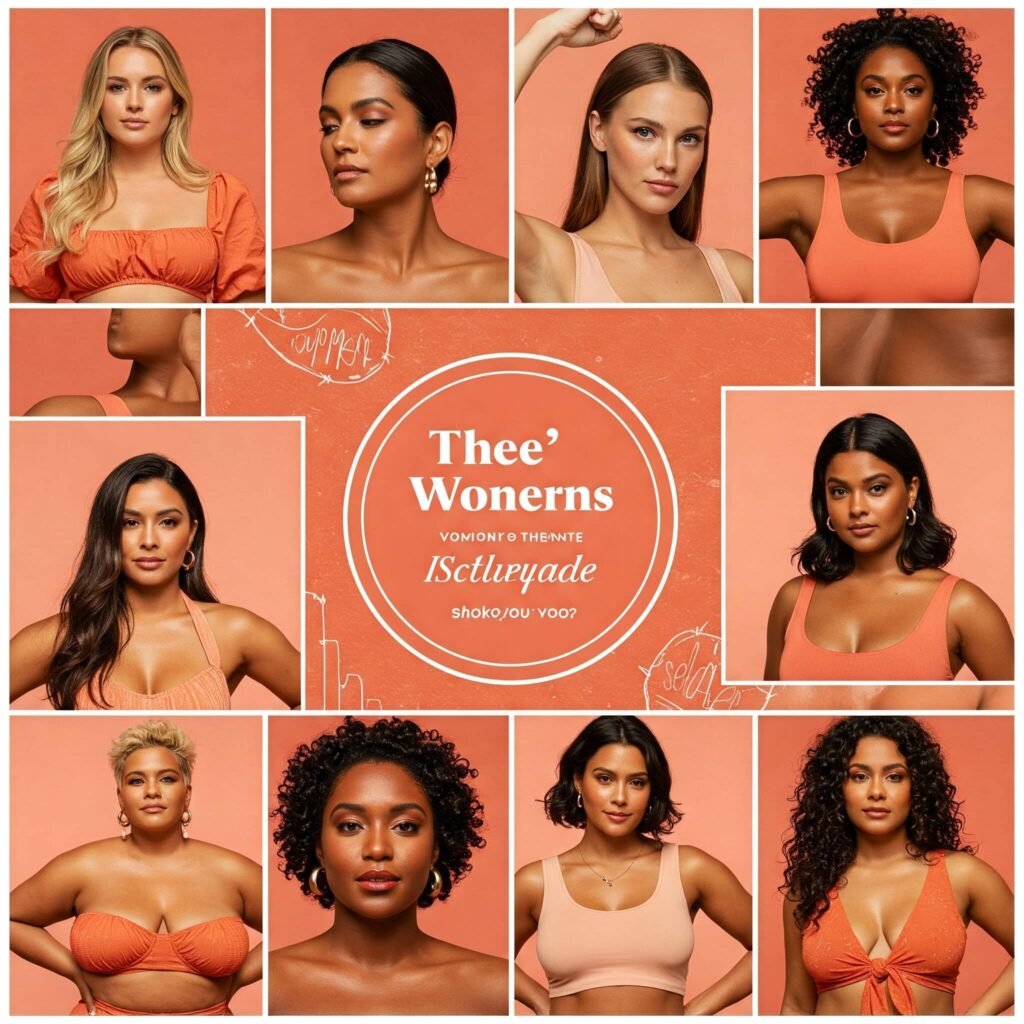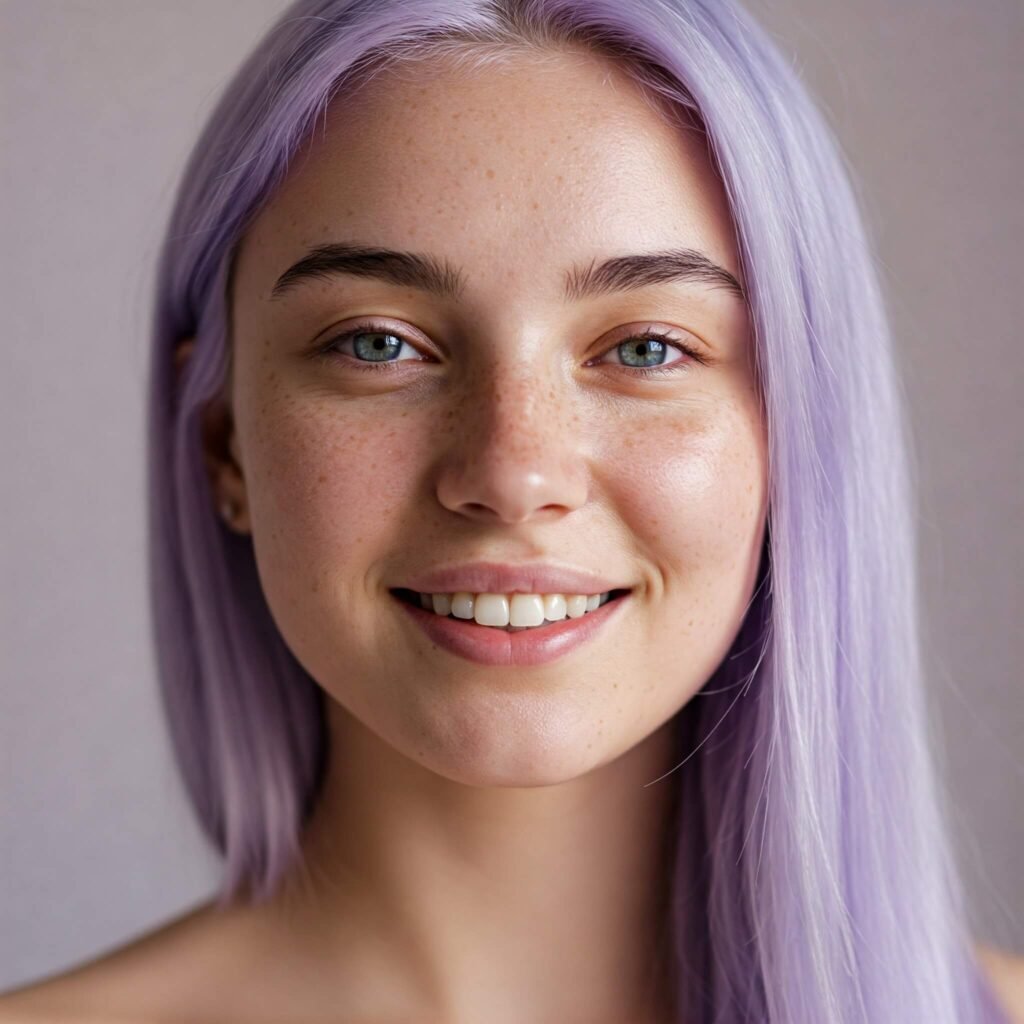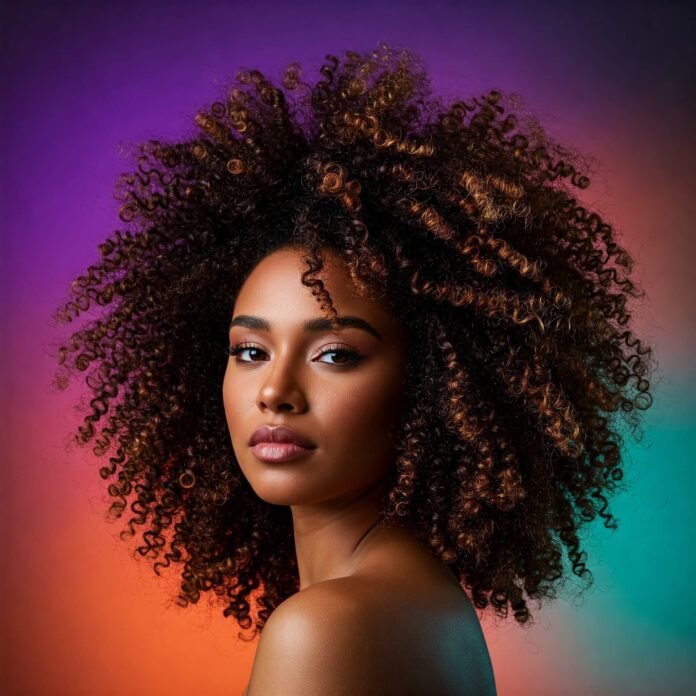In today’s world, redefining beauty in advertising is more than a trend—it’s a movement. Women are at the forefront, challenging outdated beauty standards and pushing for authentic, inclusive representation. From body positivity to embracing diversity, brands are listening, and the results are transforming the industry. This blog explores how women are reshaping advertising, with real-world examples, actionable insights, and data to back it up.

Why Redefining Beauty in Advertising Matters
The advertising industry has long perpetuated narrow beauty ideals—think airbrushed models and unrealistic body standards. But women are demanding change, and brands are responding by redefining beauty in advertising to reflect real people. According to a 2023 Dove study, 70% of women feel unrepresented in media, fueling the push for inclusivity.
This shift isn’t just about aesthetics; it’s about empowerment. When women see themselves in ads—whether it’s a curvy body, natural skin, or gray hair—it boosts confidence and challenges societal norms. Brands that embrace this movement gain loyalty and relevance.
The Impact of Inclusive Advertising
- Consumer Trust: 64% of consumers prefer brands with diverse representation (Nielsen, 2022).
- Cultural Shift: Ads shape perceptions, and inclusive campaigns normalize varied beauty standards.
- Business Growth: Brands like Fenty Beauty saw a 20% sales increase after inclusive campaigns.
Outbound link: Nielsen Insights on Diversity in Advertising

How Women Are Leading the Change
Women are not just subjects in ads—they’re creators, advocates, and decision-makers redefining beauty in advertising. Here’s how:
1. Championing Body Positivity
Brands like Aerie have ditched retouching in their #AerieReal campaign, featuring unedited models of all sizes. This resonates with women, with Aerie reporting a 32% sales boost since the campaign launched (Forbes). Women like Ashley Graham, a vocal advocate for body positivity, have pushed brands to celebrate curves, scars, and stretch marks.
Takeaway: Support brands that prioritize unfiltered beauty, and share your own story on social media to inspire others.
Outbound link: Forbes Article on Aerie’s #AerieReal Campaign
2. Embracing Diversity
From skin tone to age, diversity is key to redefining beauty in advertising. Fenty Beauty’s 50-shade foundation range set a new standard, earning praise for inclusivity. Similarly, CoverGirl’s campaigns featuring older women like Maye Musk challenge ageism, proving beauty has no expiration date.
Takeaway: Engage with campaigns that reflect your identity, and advocate for representation in your community.
3. Amplifying Authentic Voices
Women behind the scenes—directors, writers, and marketers—are crafting ads that feel real. Take Glossier’s “Body Hero” campaign, led by female creatives, which celebrates raw, unposed bodies. These authentic narratives connect deeply with audiences.
Takeaway: If you’re in marketing, prioritize genuine storytelling over polished perfection.

Challenges in Redefining Beauty in Advertising
Despite progress, hurdles remain. Some brands tokenize diversity, using it as a marketing ploy rather than a commitment. Others face backlash for “woke washing”—superficial inclusivity without systemic change. Women in advertising also report underrepresentation in leadership roles, with only 29% of creative directors being female (AdAge, 2024).
Overcoming Obstacles
- Authenticity Over Optics: Brands must back campaigns with real action, like diverse hiring.
- Listening to Feedback: Engage with audiences to ensure campaigns resonate.
- Amplifying Women’s Voices: More women in leadership can drive meaningful change.
Outbound link: AdAge on Women in Advertising Leadership
The Future of Beauty in Advertising
The future of redefining beauty in advertising is bright, with women leading the charge. Expect more campaigns celebrating intersectionality—think disability, gender identity, and cultural heritage. Technology, like AI-generated inclusive imagery, will also play a role, though it must be used ethically to avoid stereotypes.
Prediction: By 2030, brands that fail to embrace inclusivity will lose market share, as 80% of Gen Z prioritizes diversity in purchasing decisions (McKinsey, 2023).
Outbound link: McKinsey Report on Inclusive Marketing
Actionable Tips for Readers
Want to support the movement to redefine beauty in advertising? Here’s how:
- Choose Inclusive Brands: Shop from companies like Dove, Fenty, or Aerie that prioritize diversity.
- Call Out Tokenism: Use social media to highlight inauthentic campaigns and suggest improvements.
- Celebrate Your Beauty: Share unfiltered photos or stories to normalize real beauty.
- Educate Others: Discuss the importance of representation with friends and family.



































